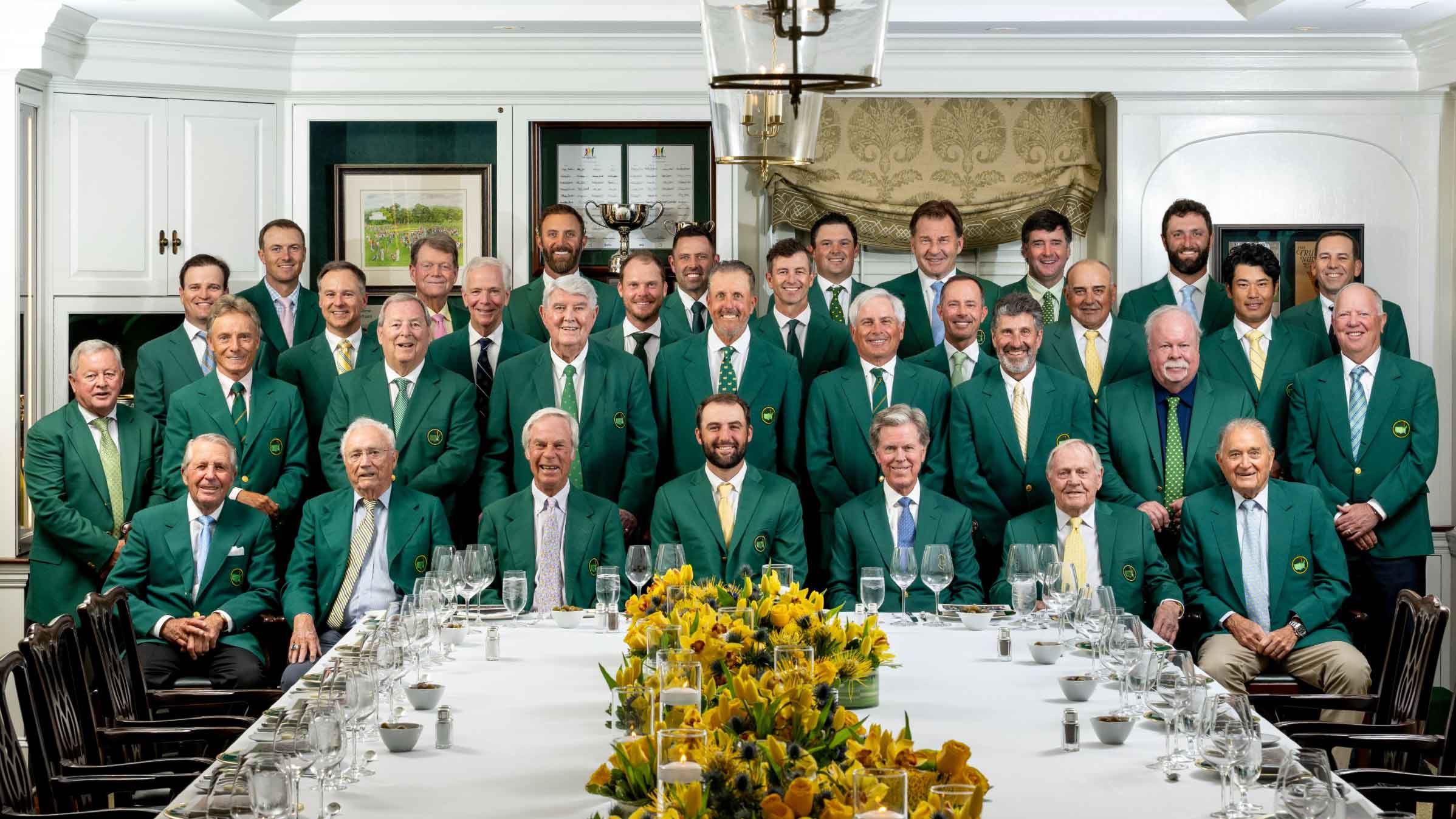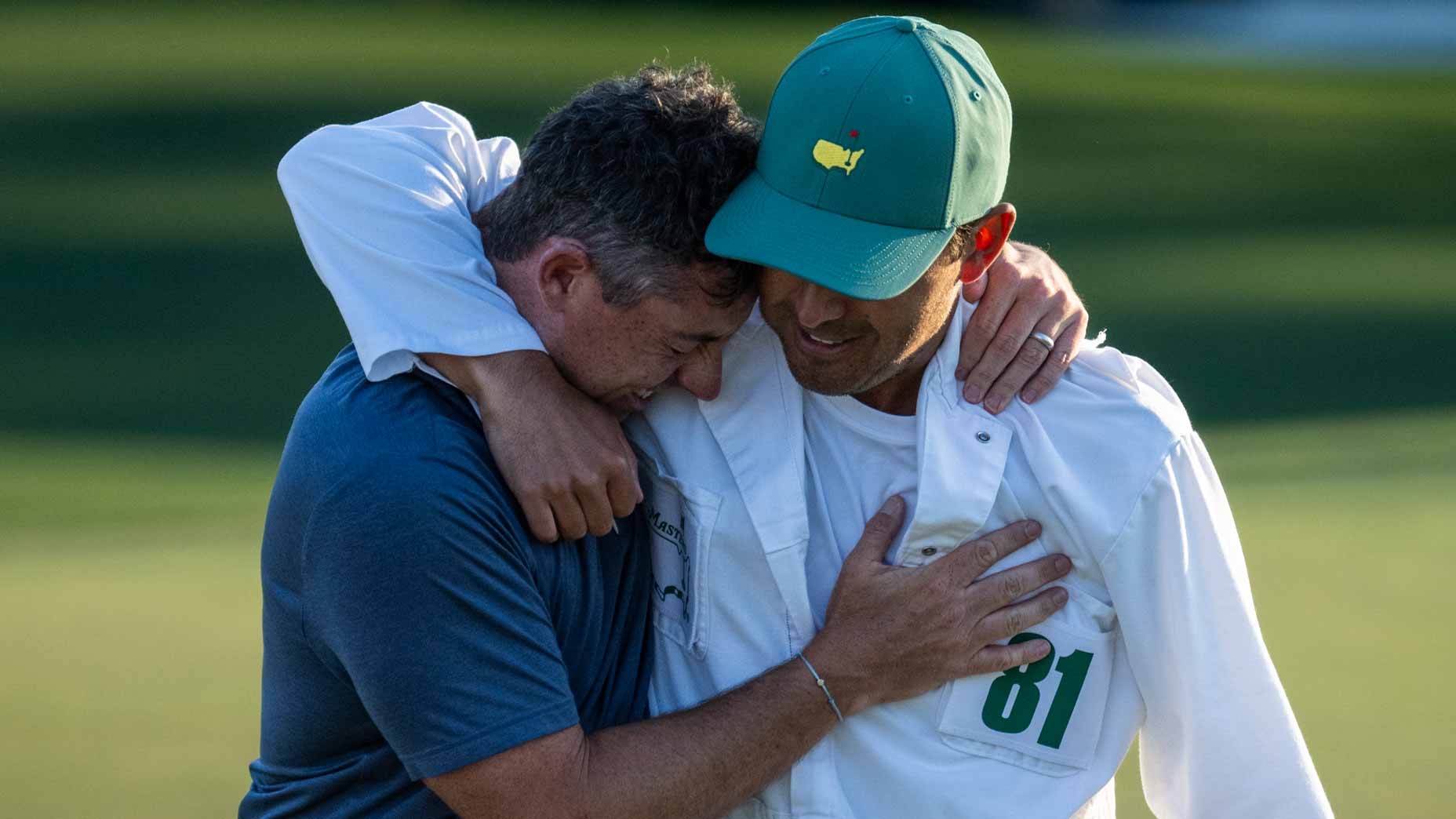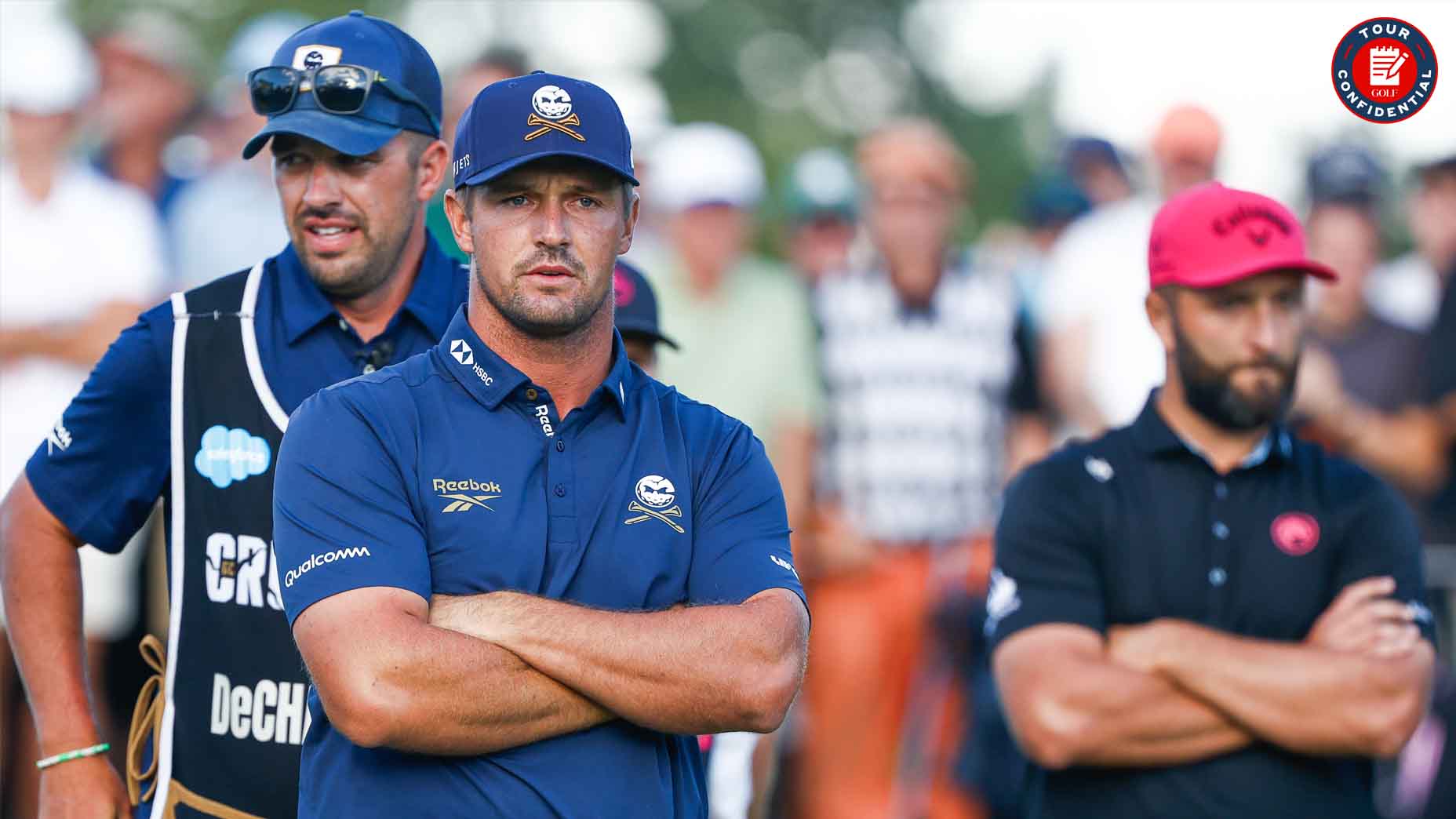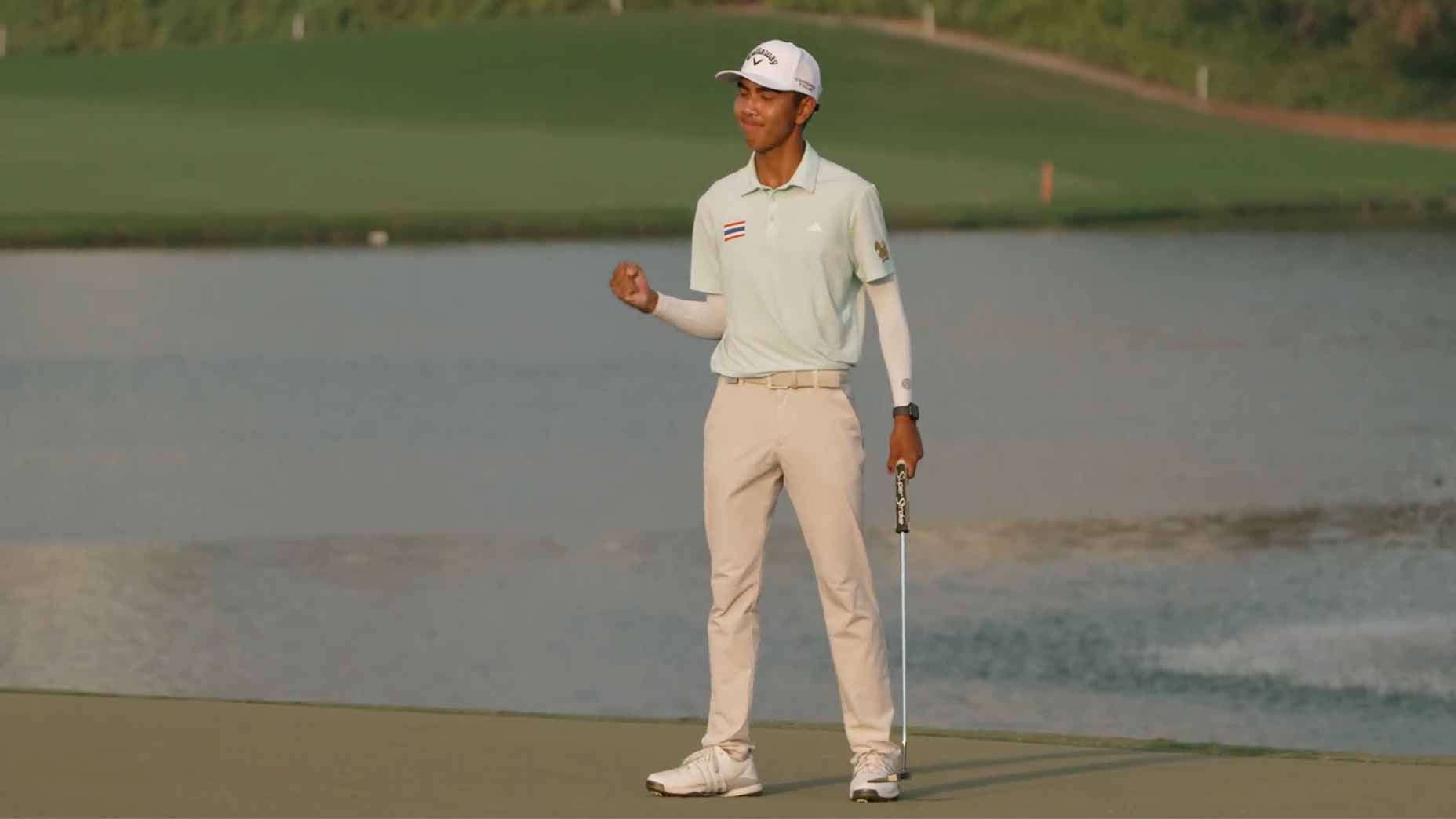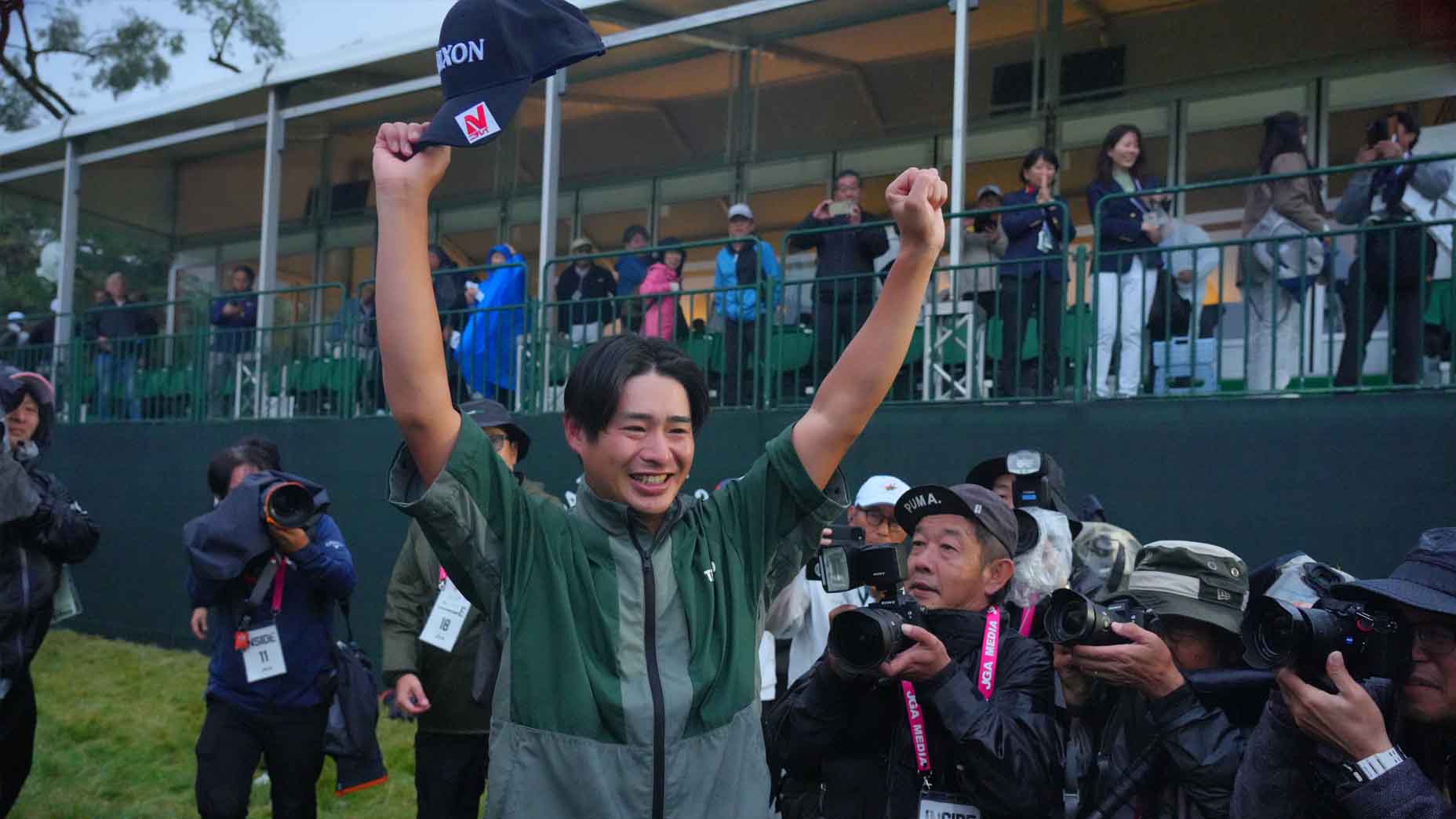Welcome to Wall-to-Wall Equipment, the Monday morning gear wrap-up in which GOLF equipment editor Jonathan Wall takes you through the latest trends, rumors and breaking news.
Blind faith
Winging it at Masters isn’t suggested unless you know what the heck you’re doing. Thankfully, Adam Scott has enjoyed some success at Augusta National over the years. In the run-up to the 2023 edition, Scott chose to make several 11th-hour equipment changes, including one to the only piece of gear used on every shot: the golf ball.
“Things change and evolve and a couple pieces of equipment in my bag have changed over the last year or so, and it’s having some influence as well as me swinging the club maybe slightly differently on my impact conditions,” said Scott, who made the switch from Titleist’s Pro V1 to 2023 Pro V1x at the WGC-Dell Technologies Match Play. “And with a shaft change and the (2023) Prov V1x, it’s balancing out really nicely and keeping that new ball in the window I like. Whereas before it was a little bit higher window and this is now sitting in a window that I feel much more comfortable with, which is nice. “
What’s interesting about the change is the fact Scott isn’t the only high-profile name to trade V1 for V1x this year. Earlier this season, Will Zalatoris moved into 2023 V1x after noticing an uptick in driver distance with a more stable flight through the wind during testing.
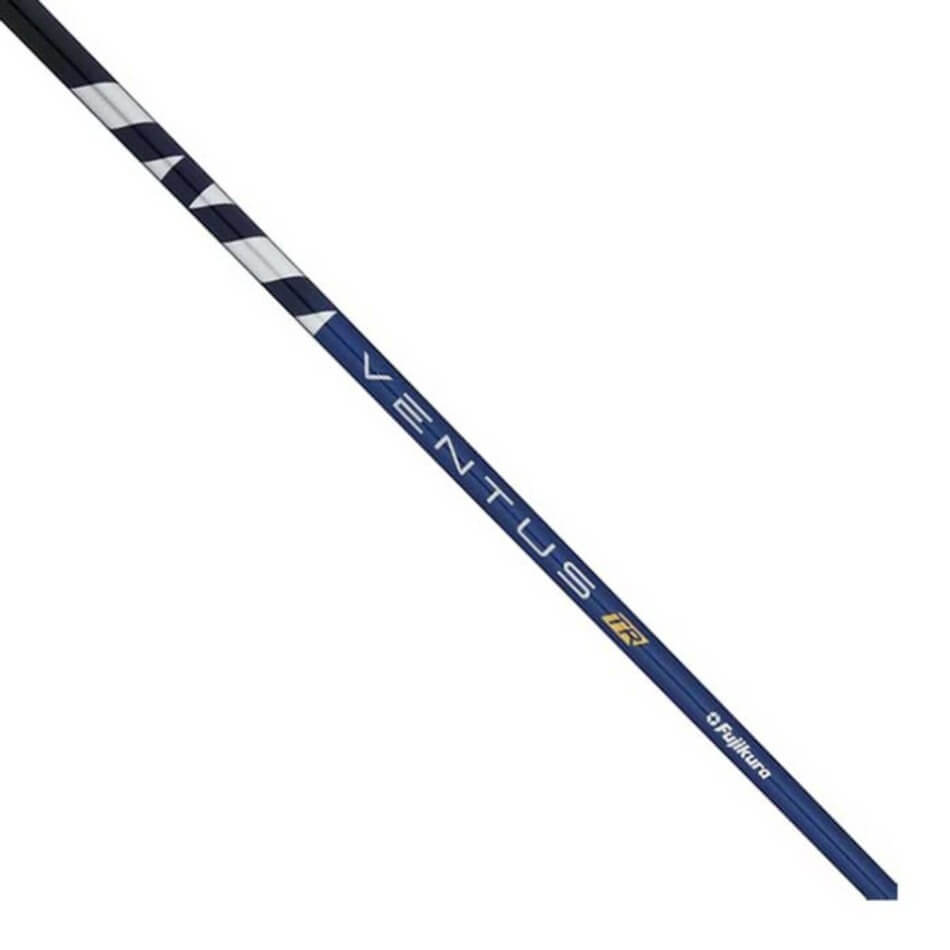
Fujikura Ventus TR Blue
“I’ve kind of [been] winging it a little bit out there,” Scott said. “[But] it all feels pretty good.”
In addition to the ball exchange, Scott replaced his Graphite Design Tour AD-DI 7X driver shaft with a Fujikura Ventus TR Blue 7X, and traded in KBS Tour 130X irons shafts for the lower launching/spinning Project X LS steel.
“It’s very tight on the iron spin. I’m getting a really tight performance there, which is a good feeling for me,” Scott said. “And also I get the added benefit of a higher ceiling with the driver. I’m gaining without doing anything by just using this ball off the tee. So hopefully I can make a few little gains here and there by using the Pro V1x without having to change anything else in my game, just putting it in play.”
Scott opened with 68 but couldn’t find his footing the rest of the way en route to a T39 showing.
Cheat code

As arguably the best driver on the PGA Tour, Rahm has found success with literally every driver he’s used since he signed with Callaway in 2021. During a practice session last season at the Ely Callaway Performance Center, Rahm unleashed 10 consecutive drivers where the difference in spin between the shots was 100 RPMs. He’s that guy with a driver in his hands.
So when something isn’t working with the big stick, Callaway’s Tour reps are going to do whatever it takes to find a solution.
In Rahm’s case, the search to find a suitable driver head wasn’t an arduous process. If anything, the backstory highlights the razor-thin margin that exists between a “good” and “great” driver for Rahm.
According to Callaway Tour rep Kellen Watson, Rahm started to feel as if something was amiss with the driver’s spin rate around the Waste Management Phoenix Open. When Rahm’s at his best with the driver, he’s launching Callaway’s Paradym Triple Diamond between 10-11 degrees with 2,500 RPMs on the “stock” fade shot with a 10.5-degree head in the “NS” OptiFit setting (neutral face angle, stated loft).
At that time, Rahm was hovering around 9.5 degrees with a spin rate shading below 2,500 RPM. It wasn’t a red alert, but Rahm wanted to find a fix to ensure his cut started left and curved more right. At Riviera, Watson and team gave Rahm another Paradym Triple Diamond with roughly a half-degree more loft to add spin, but the overall look of the head at address didn’t suit Rahm’s eye at first glance.
Rahm went on to win at Riviera, but Callaway’s Tour team wasn’t done working on the driver. Additional work at Bay Hill, during the Arnold Palmer Invitational, didn’t produce a winner. In fact, Rahm’s biggest weapon turned out to be his Achilles’ heel during the event. On his way to finishing T39, the Spaniard lost almost two strokes off the tee and finished dead-last in the field in SG: Off-the-tee.
One week later at the Players Championship, Rahm found the driver cheat code.
While Rahm initially balked at the idea of seeing more loft in the address position, Watson decided to add one degree to the 10.5 head during a practice session — moving the OptiFit from NS to N+1 — to see what happened. This time around, Rahm didn’t mind the look of 11.5 degrees at address.
Within a few swings, Rahm noticed an increase of 200-250 RPMs with a slightly higher launch on the go-to cut shot. Things have been clicking for him ever since.
Something new
TaylorMade’s yet-to-be-released BRNR Mini Driver made an appearance at the Masters in the bags of Fred Couples (13.5 degrees) and Bryson DeChambeau (11.5 degrees). Along with Couples and DeChambeau, Dustin Johnson and Justin Rose also tested the club early in the week.
Still have to wait for Darrell confirmation but several big names tested @TaylorMadeGolf's BRNR Mini Driver this week, including Dustin Johnson, Bryson DeChambeau and Justin Rose.
— Jonathan Wall (@jonathanrwall) April 6, 2023
Most liked the idea of using it as a way to bridge gap between driver and high-lofted fairway. pic.twitter.com/3xXAwxYa3B
Aside from Bryson, who tested a 9-degree head, most pros had loft set between 11 and 12 degrees at a playing length between 43.5 and 44 inches. Details remain scant on the new mini driver, but with RBC Heritage on tap, expect that to change in short order as more pros contemplate the idea of using it at one of the Tour’s tightest venues.
Thanks, Rory

When Rory McIlroy switched to Vokey wedges at the beginning of the year, it was Justin Thomas’ wedges that turned out to be the impetus behind his decision to try different scoring tools.
“I see Justin Thomas all the time at home and messing around with some of his wedges and some of the grinds he has,” McIlroy said during the Waste Management Phoenix Open. “I got in touch and ordered a couple, and they’ve worked really nicely.”
Last week, McIlroy returned the favor during a friendly practice round when he let Thomas try out his new Scotty Cameron 009M blade. Thomas briefly went back to a blade in January after using a mallet almost exclusively for several years, but it wasn’t the overall look of McIlroy’s wand that had Thomas engaged during the round.
Instead, it was a lesser-discussed piece of gear: the putter grip.
Almost every putter Thomas has used over the last few years has featured a larger SuperStroke Traxion Pistol GT Tour grip to help quiet his hands ever-so-slightly during the stroke. Thomas’ brief foray with a blade from his middle-school days meant the return of a more traditional Scotty Cameron cord grip, but the putter and grip last long.
While the grip didn’t stick the first time around, handling the pistol grip on McIlroy’s Cameron 009M made Thomas wonder if he should try out a smaller pistol-style Cameron grip on one of his X5 backup mallets. So he had one built up to test — and things started to click on the greens.
“It’s very similar to a grip I’ve used and won with quite a bit,” Thomas said. “And my dad had it as well. We played on Sunday, and I picked his up and I said this does feel pretty good. I’ve traveled with an identical backup every single week, and I just threw it on there to see how it felt, to be perfectly honest, and it feels pretty good, so why fight it.”
Major weapon
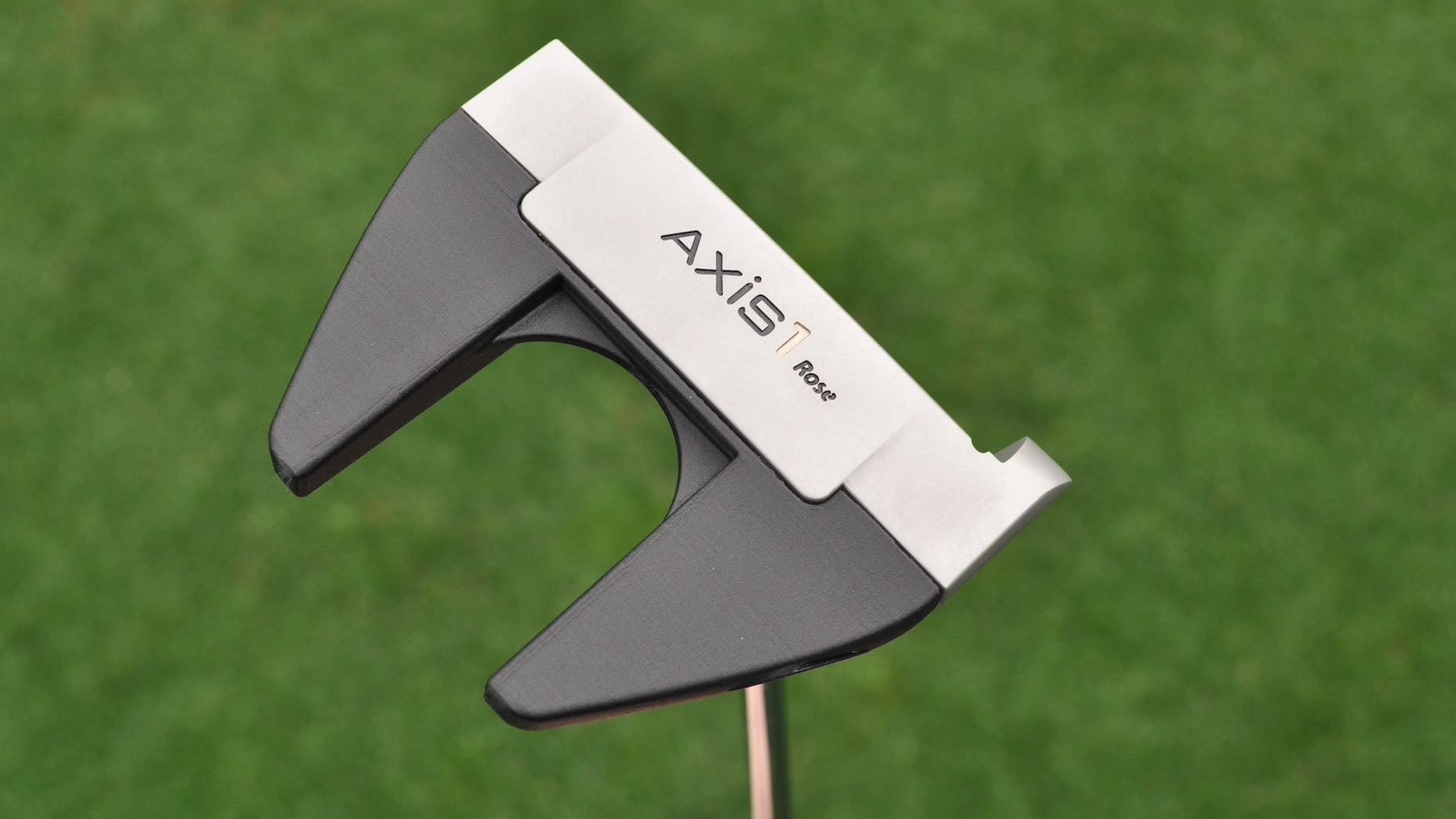
Justin Rose’s incredible run in the majors with an Axis1 putter continued at the Masters, where the former U.S. Open champion led the field in SG: Putting (plus-6.04). Going back to the 2019 Masters, when he signed a deal with Axis1, Rose has gained a combined 51.17 strokes on the field in the majors — with the putter.
It’s an impressive statistic that highlights his prowess on the greens with the only club he hasn’t changed in 5 years. Rose finished T16 at the Masters.
Stable stick

For at least one week, Viktor Hovland carried a 7-wood instead of his usual utility iron. The Norwegian traded in Titleist’s U510 3-utility for a 21-degree (19 degrees actual loft; D2 swingweight) Ping G430 to handle the setup at Augusta National.
According to Ping Tour rep Kenton Oates, the biggest change Hovland made to the club was matching the feel of his 3-wood with a Fujikura Ventus TR Blue 8X shaft.
“Our team felt it was more important to provide consistent feels throughout his woods if he wanted to go with the 7-wood,” Oates told GOLF.com. “We aligned his 7-wood build with a slightly heavier more tipped shaft than his gamer 3-wood. Getting extra launch isn’t as needed in these high-lofted fairway wood builds.”
Hovland currently plays a Ventus Blue shaft in his 3-wood that’s tipped 1.5 inches. With the 7-wood, he chose to tip the Ventus TR Blue 2 inches to gain some additional stability.
Quick-hitters: Tom Kim used a Scotty Cameron Phantom X5 mallet with a pumber’s neck, which happens to be the same neck he used on his previous TourType Timeless GSS blade. … Tommy Fleetwood played TaylorMade’s pix Season Opener golf balls. … Tiger Woods let Rory McIlroy try out balata golf balls. … Despite the soft conditions at Augusta National, low bounce lob wedges were still a popular option in the bunkers. The firmer bunker base required many players to go with less bounce to get through the sand without issue.
Want to overhaul your bag for 2023? Find a fitting location near you at GOLF’s affiliate company True Spec Golf. For more on the latest gear news and information, check out our latest Fully Equipped podcast below.




